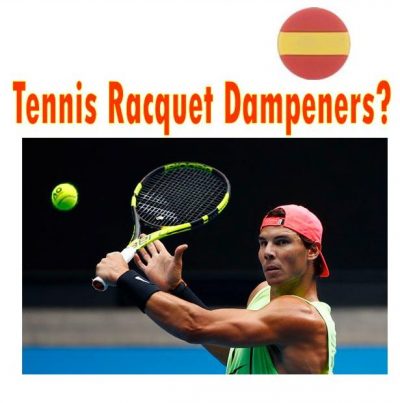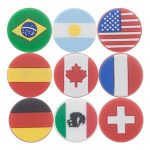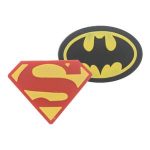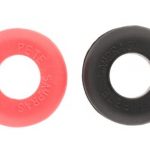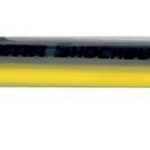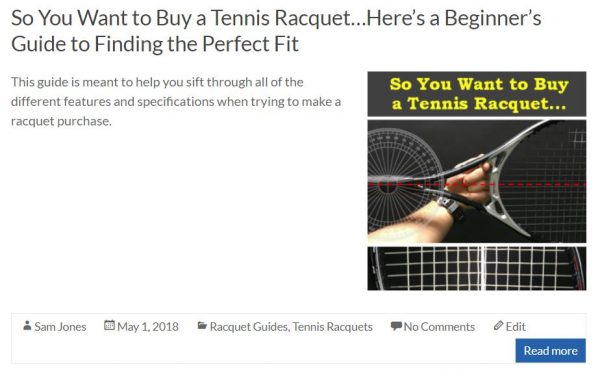
Tennis racquet vibration dampeners have been an accessory that many players think about. The real question is “should I use one?” Whether you are a player just starting out or a veteran to the game, vibration dampeners are a matter of personal preference.
On top is Roger Federer in his 4th Round match at the 2018 US Open (Sep. 3, 2018 – Source: Marek Janikowski/Icon Sport via Getty Images). On bottom is Serena Williams in her 2nd Round match at the 2018 US Open (Aug. 29, 2018 – Source: Chris Trotman/Getty Images for USTA).
Tennis Racquet Dampener’s Purpose
The sole purpose of the dampener is to reduce the vibrations off the racquet stringbed. Players that like vibration dampeners mainly use it because it decreases the “ping” sound the ball makes at impact. For many players this is more of a mental purpose than a physical purpose.
Two common misconceptions with dampeners are that they help with tennis elbow problems and reduce a racquets power level. Although many manufacturers use this in marketing ploys, there is little evidence to support either of these myths. More times than not, manufacturers have built in dampening properties to the frames to give better shock absorption than actual vibration stoppers. Most dampeners are usually fairly small and do not make significant changes in the way a racquet can play.
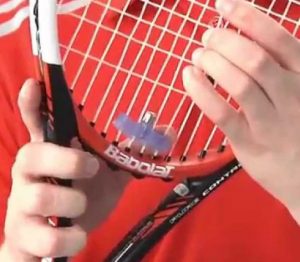 Where Do You Put a Vibration Dampener?
Where Do You Put a Vibration Dampener?
According to ITF rules, players can place vibration dampeners anywhere outside the pattern of the cross strings. This means that they can be placed anywhere on the outer edges of the stringbed (left, right, bottom and/or top). Typically you will see them placed towards the bottom of the racquet where the center main string and first cross string meet. While there is no strict limit on how many stoppers you can use, many players will just use one since there is little to no affect on the dampener improving your racquet’s play.
Vibration Dampener vs. Rubber Band?
Vibration dampeners are made with rubber and this allows it be flexible, but still absorb shock similar to tires on a car. Although these dampeners serve one primary purpose, rubber bands can also be used as a vibration stopper in your racquet. Rubber bands will be more elastic and come in various sizes so you can shape them the way you like. However, over time rubber bands will eventually become too stretchy and will fall off the racquet. There really is no difference between a manufacturer’s vibration stopper and rubber band other than the look.
Above is Jack Sock in his 4th Round match at the 2016 US Open (Sep. 2, 2016 – Source: Peter Foley/EPA)
Types of Vibration Dampeners
There are two main types of vibration dampeners that you will see on the market. “Button” dampeners look similar in size and shape to a button on your clothing except made with all rubber. These are the easiest ones to install and are more commonly used on the pro tour.
“Worm” dampeners will usually come in longer sizes and are typically woven in between the most frequently used main strings. These can be little more difficult to install.
Should I Use a Vibration Dampener?
Like I stated at the beginning dampeners are all about personal preference. Some players will like playing with the manufacturers’ dampeners, others will like using rubber bands and others will just not use one at all. I personally have always played with some sort of dampener since I was a young kid. I just do not like the sound the strings make on impact with the ball. However, more racquets are being built with dampening features so you get less “ping” at impact. The best thing you can do is try a vibration dampener out and see if you like it.
For More
To learn more about tennis dampeners and accessories, click the links below:

